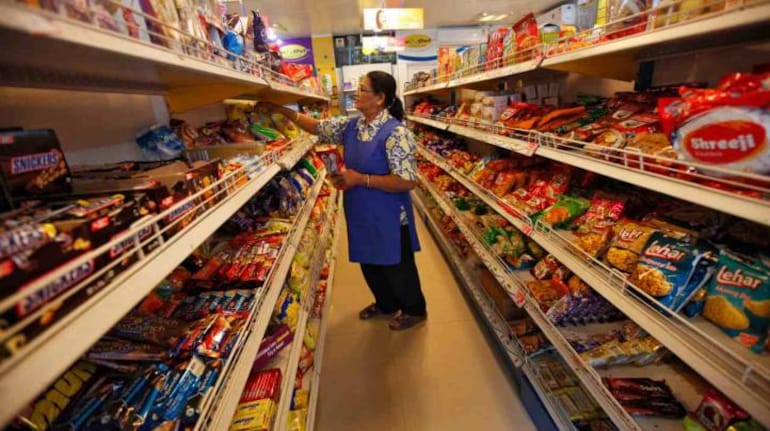



The country's FMCG industry in the first three months posted the lowest first quarter growth in the last three years, according to FMCG research firm Nielsen India
In the Jan-Mar 2020 period, India’s FMCG industry grew at 6.3 percent across traditional trade, modern trade and e-commerce as against 7 percent in the previous quarter, the research firm said.
Nielsen India had estimated FMCG industry to grow between 8-9 in the first quarter of 2020.
Nielsen India considers calendar year for calculating growth.
The fall in the numbers indicated continued growth slowdown and longer than expected recovery time for the industry.
“Macro-economic indicators had exhibited early signs of recovery till the month of February’20, but the onset of COVID-19 impacted this trend in the month of March 2020,” said Prasun Basu, South Asia Zone President, Nielsen Global Connect.
The FMCG industry grew slower in Q1 (Jan-Mar) of 2020 compared to the previous quarter (6.3% vs 7% in Q4’19), though a closer look indicates there were distinct signs of recovery in January and February which is considered pre-Covid for the India market.
Track this blog for latest updates on the coronavirus outbreak
Nielsen India data also revealed that FMCG industry clocked a growth of 7.5 percent in January and February 2020 (Pre-Covid).
But the growth was significantly impacted in March 2020 with the initial effect of COVID-19 bringing growth down to 4 percent. This led to a slowing down of overall growth for the quarter.
According to Nielsen India, early signs of recovery and stabilization was witnessed in rural markets and metropolitan cities.
However, smaller towns in India, with less than 10 lakh population witnessed significant slowdown in March 2020.
“The initial recovery in January and February 2020 was driven by Food categories. In March, there was a significant slowdown across FMCG categories, more pronounced in Non-Food categories.The Large manufacturers, classified as those with annual turnover greater than 600 crores, continued to witness volume growth in March 2020 and are being resilient in the environment,” said Sharang Pant, Lead Retail Vertical and RMS, Nielsen Global Connect.
On the other hand, the small players with annual turnover of less than 100 crores, showed agility and grew at 5 percent. The medium size companies were the most impacted in the month of March, Pant said.
Diverging Trends within Zones
Across zones, slowdown in first quarter of 2020 was led by traditional trade channels while Modern Trade channel accelerated growth.
The slowdown was steeper in the urban markets compared to the rural markets, across the four zones.
“This trend gets corroborated from the fact that the unemployment rate in Q1 of 2020 reached a new high in the last 14 quarters, more prominent in North and Eastern zones.Among the four zones of India, East zone was under maximum stress in Jan-Mar 2020 while the South zone continued to sustain growth. North and West zones stabilised after slowdown in previous quarters,” Pant said.
Outlook
The intensity, severity and longevity of the lockdown has and will have major implications on multiple industries and multiple factors in the year to come.
Going forward, Nielsen India expects growth for second half (H2 i.e. Jul-Dec) of 2020 to be in the range of 5-6 percent marginally higher than first half of 2020.
“Given the significant headwind built in the start of COVID-19 pandemic in March 2020, Nielsen has revised the full year industry growth forecast for 2020 to mid single digits (5-6 percent),” said Nitya Bhalla, Data Science Leader -South Asia, Nielsen Global Connect.
In January this year, Nielsen India had estimated the FMCG industry to grow between 9-10 percent in 2020.
Follow our full coverage of the coronavirus outbreak here
Discover the latest Business News, Sensex, and Nifty updates. Obtain Personal Finance insights, tax queries, and expert opinions on Moneycontrol or download the Moneycontrol App to stay updated!
Find the best of Al News in one place, specially curated for you every weekend.
Stay on top of the latest tech trends and biggest startup news.